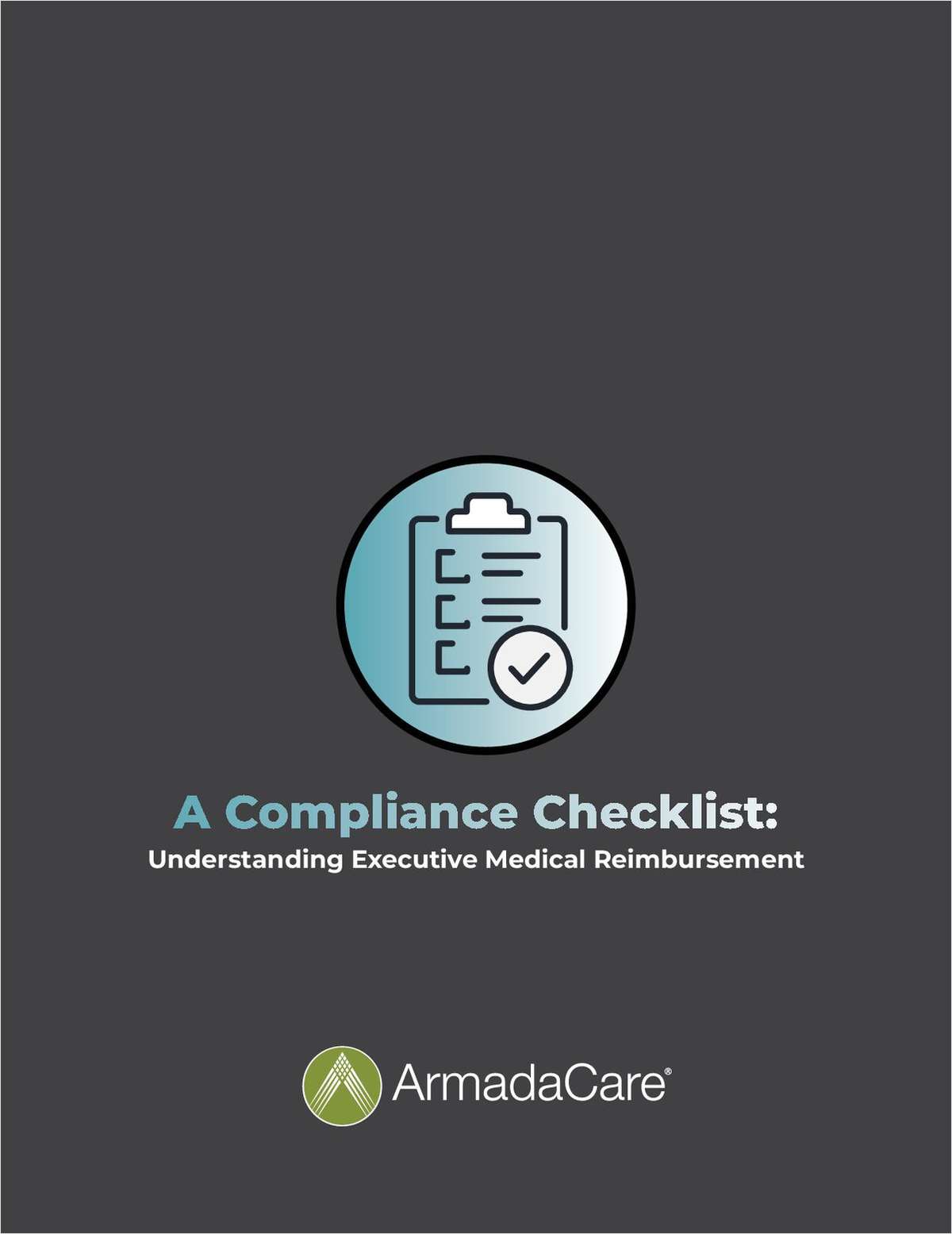A Proposal That Supports Proper 'Sentence Structure'
Because of what might be described as a definitional “artifact” in our case law, there is a serious inequity that has deprived many offenders of the opportunity to seek review or reconsideration of their sentences in any forum.
November 14, 2018 at 10:31 AM
6 minute read

An important element of any criminal justice system is the implementation of a sentencing scheme that is equitable, rational and fair. Because of what might be described as a definitional “artifact” in our case law, there is a serious inequity that has deprived many offenders of the opportunity to seek review or reconsideration of their sentences in any forum.
As a general matter, an “illegal sentence,” for example, a sentence that exceeds the statutory maximum, can be corrected at any time. But there are only two mechanisms by which a sentenced defendant can obtain review of a legal sentence. Certain defendants are eligible to file an application for review of their sentence pursuant to the sentence review statute, Gen. Stat. §51-195, while certain other defendants are eligible to file a motion for sentence modification pursuant to Gen. Stat. §53a-39(a) and P.B. §43-21.
As the Connecticut Supreme Court noted in State v. Nardini, “[t]he purpose and effect of the Sentence Review Act is to afford a convicted person a limited appeal for reconsideration of his sentence.” Operationally, the sentence review statute authorizes a panel of three Superior Court judges, none of whom served as the original sentencing judge, to conduct a hearing to review a criminal sentence (except for mandatory minimum sentences and sentences resulting from a plea agreement). After the hearing, the panel can affirm the sentence, decrease the sentence or even increase the sentence, and impose any sentence that could have been imposed at the original sentencing hearing. In exercising its discretion, the sentence review panel is directed by Practice Book §43-28 “to determine whether the sentence should be modified because it is inappropriate or disproportionate in the light of the nature of the offense, the character of the offender, the protection of the public interest and the deterrent, rehabilitative, isolative and denunciatory purposes for which the sentence was intended.”
Unlike sentence review, sentence modification is the procedure by which a trial court judge “may, after hearing and for good cause shown, reduce the sentence, order the defendant discharged or order the defendant discharged on probation or conditional discharge for a period not to exceed that to which the defendant could have been originally sentenced.” The statute does not permit the reduction of mandatory minimum sentences.
The factor that determines whether a defendant is eligible for sentence review, or for sentence modification, is the length of the original sentence imposed. The presumptive line of demarcation is set at three years. Thus, assuming a defendant did not receive an agreed-on sentence, and was not sentenced to a mandatory minimum term, a defendant is eligible to apply for sentence review if the trial court imposes a sentence of “confinement for three years or more.” A defendant is eligible to apply for sentence modification (without any need for a prosecutor's approval or authorization) if the sentence is “a definite sentence of three years or less.” The same language is found in Practice Book P.B. §43-21.
So far, so good. At first glance, it would appear that the Legislature created a rational and reasonable statutory scheme using “three years” as the critical dividing line between eligibility for sentence review (“confinement for three years or more”) and eligibility for sentence modification (a “definite sentence of three years or less”). Unfortunately, the Legislature's intent was frustrated by a judicial opinion's definition of a “definite sentence.”
In State v. Adam H., 54 Conn. App. 387, cert. denied, 251 Conn. 905 (1999), the Appellate Court considered whether a sentence of nine years' imprisonment, execution suspended after three years, and five years of probation, constituted a “definite sentence of three years or less” within the meaning of Gen. Stat. §53a-39(a). The Appellate Court concluded that “the legislature intended a definite sentence to include both the executed and suspended portions of a sentence,” and thus the definite sentence in that case was deemed to be nine years, thereby rendering the defendant ineligible under the sentence modification statute. The Connecticut Supreme Court denied certification in Adam H., and thus the holding of that case has been the binding law of this state for the past 19 years.
The definition of “definite sentence” adopted in Adam H. has had dramatic consequences for an entire class of offenders. Defendants sentenced to a term of confinement of less than three years, but with an unexecuted term consisting of a number greater than three, are not eligible to seek a review of their sentence in either forum, unless a state's attorney agrees to allow the defendant to seek a modification pursuant to Gen. Stat. §53a-39(b). For example, a defendant receiving a sentence of four years, execution suspended after two years, and three years of probation (4/1/3) is ineligible for sentence modification under Gen. Stat. §53a-39(a), because the “top” number, representing the unexecuted portion of the sentence, is larger than three, even though the actual period of confinement is less than three years.
Another example is found in a 2006 Superior Court decision State v. Northrup, where the court held that a defendant who was sentenced to six years, execution suspended after two years, and 10 years' probation, was ineligible for sentence modification under Adam H., and was also ineligible for sentence review because his actual confinement was for less than three years. In short, Adam H. simply precludes sentence modification under §53a-39(a) whenever the unexecuted portion of a sentence is a number greater than three. And there is an additional anomaly: if a defendant is sentenced to a flat term of exactly “three years,” he or she would qualify for both sentence review and for sentence modification.
There is a relatively easy remedy for the problem identified above. By adding just 10 words to §53a-39(a), the statute would read:
(a) At any time during the period of a definite sentence, the executed portion of which is less than three years, the sentencing court or judge may, after hearing and for good cause shown, reduce the sentence, order the defendant discharged, or order the defendant discharged on probation or conditional discharge for a period not to exceed that to which the defendant could have been originally sentenced.
If amended in this way, the modification statute would properly use, as the critical determinant for eligibility, the number that represents the actual period of incarceration imposed, just as the sentence review statute uses that same factor in determining eligibility. Hopefully, the Connecticut Sentencing Commission will consider this proposal.
This content has been archived. It is available through our partners, LexisNexis® and Bloomberg Law.
To view this content, please continue to their sites.
Not a Lexis Subscriber?
Subscribe Now
Not a Bloomberg Law Subscriber?
Subscribe Now
NOT FOR REPRINT
© 2025 ALM Global, LLC, All Rights Reserved. Request academic re-use from www.copyright.com. All other uses, submit a request to [email protected]. For more information visit Asset & Logo Licensing.
You Might Like
View All
ADVANCE Act Offers Conn. Opportunity to Enhance Carbon-Free Energy and Improve Reliability With Advanced Nuclear Technologies

Trending Stories
- 1January Petitions Press High Court on Guns, Birth Certificate Sex Classifications
- 2'A Waste of Your Time': Practice Tips From Judges in the Oakland Federal Courthouse
- 3Judge Extends Tom Girardi's Time in Prison Medical Facility to Feb. 20
- 4Supreme Court Denies Trump's Request to Pause Pending Environmental Cases
- 5‘Blitzkrieg of Lawlessness’: Environmental Lawyers Decry EPA Spending Freeze
Who Got The Work
J. Brugh Lower of Gibbons has entered an appearance for industrial equipment supplier Devco Corporation in a pending trademark infringement lawsuit. The suit, accusing the defendant of selling knock-off Graco products, was filed Dec. 18 in New Jersey District Court by Rivkin Radler on behalf of Graco Inc. and Graco Minnesota. The case, assigned to U.S. District Judge Zahid N. Quraishi, is 3:24-cv-11294, Graco Inc. et al v. Devco Corporation.
Who Got The Work
Rebecca Maller-Stein and Kent A. Yalowitz of Arnold & Porter Kaye Scholer have entered their appearances for Hanaco Venture Capital and its executives, Lior Prosor and David Frankel, in a pending securities lawsuit. The action, filed on Dec. 24 in New York Southern District Court by Zell, Aron & Co. on behalf of Goldeneye Advisors, accuses the defendants of negligently and fraudulently managing the plaintiff's $1 million investment. The case, assigned to U.S. District Judge Vernon S. Broderick, is 1:24-cv-09918, Goldeneye Advisors, LLC v. Hanaco Venture Capital, Ltd. et al.
Who Got The Work
Attorneys from A&O Shearman has stepped in as defense counsel for Toronto-Dominion Bank and other defendants in a pending securities class action. The suit, filed Dec. 11 in New York Southern District Court by Bleichmar Fonti & Auld, accuses the defendants of concealing the bank's 'pervasive' deficiencies in regards to its compliance with the Bank Secrecy Act and the quality of its anti-money laundering controls. The case, assigned to U.S. District Judge Arun Subramanian, is 1:24-cv-09445, Gonzalez v. The Toronto-Dominion Bank et al.
Who Got The Work
Crown Castle International, a Pennsylvania company providing shared communications infrastructure, has turned to Luke D. Wolf of Gordon Rees Scully Mansukhani to fend off a pending breach-of-contract lawsuit. The court action, filed Nov. 25 in Michigan Eastern District Court by Hooper Hathaway PC on behalf of The Town Residences LLC, accuses Crown Castle of failing to transfer approximately $30,000 in utility payments from T-Mobile in breach of a roof-top lease and assignment agreement. The case, assigned to U.S. District Judge Susan K. Declercq, is 2:24-cv-13131, The Town Residences LLC v. T-Mobile US, Inc. et al.
Who Got The Work
Wilfred P. Coronato and Daniel M. Schwartz of McCarter & English have stepped in as defense counsel to Electrolux Home Products Inc. in a pending product liability lawsuit. The court action, filed Nov. 26 in New York Eastern District Court by Poulos Lopiccolo PC and Nagel Rice LLP on behalf of David Stern, alleges that the defendant's refrigerators’ drawers and shelving repeatedly break and fall apart within months after purchase. The case, assigned to U.S. District Judge Joan M. Azrack, is 2:24-cv-08204, Stern v. Electrolux Home Products, Inc.
Featured Firms
Law Offices of Gary Martin Hays & Associates, P.C.
(470) 294-1674
Law Offices of Mark E. Salomone
(857) 444-6468
Smith & Hassler
(713) 739-1250












